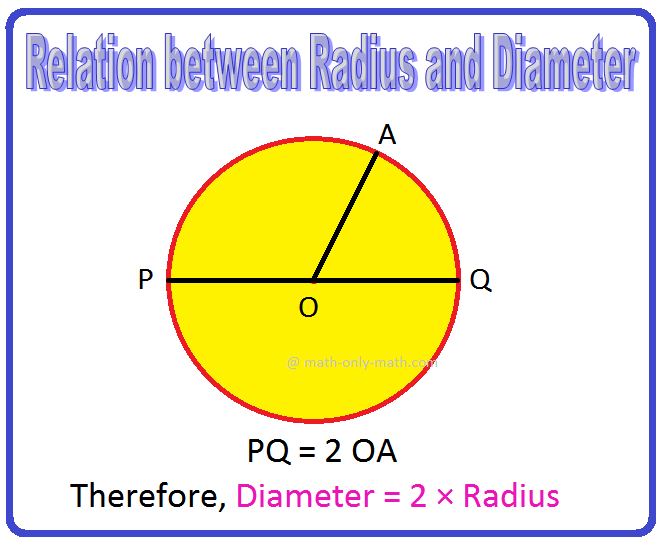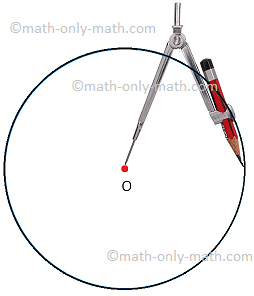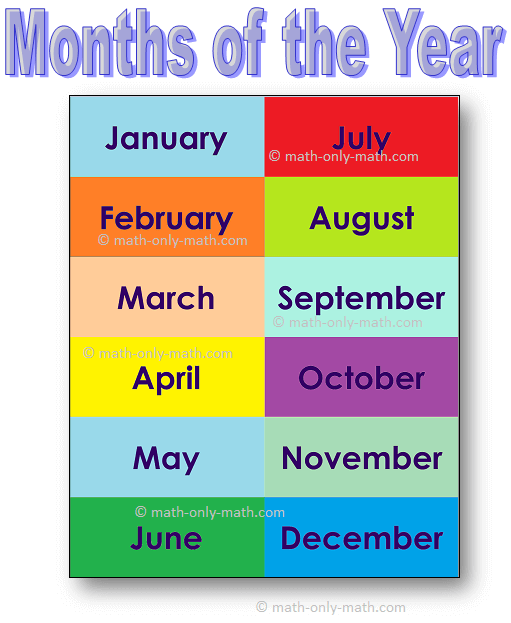Direct Variations Using Method of Proportion
Now we will learn how to solve direct variations using method of proportion.
We know, the two quantities may be linked in such a way that if one increases, other also increases. If one decreases, the other also decreases.
Some situations of direct variations:
● More articles, more money required to purchase.
● More men at work, more work will be done.
● More speed, more distance covered in fixed time.
● More money borrowed, more interest to be paid.
● More working hours, more work will be done.
Solved examples on direct variations using
method of proportion:
1. The cost of 5 kg of rice is $ 30. What will the cost of 12 kg of sugar be?
Solution:
This is a situation of direct variation, now we solve using method of proportion.
More quantity of rice results in more cost.
Here, the two quantities vary directly (Quantity of rice and cost of rice)
|
Weight of rice (kg) |
5 |
12 |
|
Cost |
30 |
x |
Since, they vary directly
Therefore, 5/30 = 12/x (cross multiply)
⇒ 5x = 30 × 12
⇒ x = (30 × 12)/5 = 72
Therefore, cost of 12 kg rice = $ 72
2. If 9 drawing books cost 171, what do 22 books cost?
Solution:
This is a situation of direct variation, now we solve using method of proportion.
More number of drawing books results in more cost.
Here, the two quantities vary directly (Number of drawing books and cost of drawing books)
|
Number of drawing books |
9 |
22 |
|
Cost |
171 |
x |
Since, they vary directly
Therefore, 9/171 = 22/x (cross multiply)
⇒ 9x = 171 × 22
⇒ x = (171 × 22)/9 = 418
Therefore, cost of 22 drawing books = $ 418
3. A worker gets $ 504 for 7 days of work. How many days should he work to get $ 792?
Solution:
This is a situation of direct variation, now we solve using method of proportion.
More money, more days of work
Here, the two quantities vary directly. (Amount and days of work)
|
Number of working days |
7 |
x |
|
Amount Obtained ($) |
504 |
792 |
Since, they vary directly
Therefore, 7/504 = x/792
⇒ 504x = 792 × 7
⇒ x = (792 × 7)/504
Therefore, 792 earned by the workers in = 11 days
Situations of Direct Variation
Situations of Inverse Variation
Direct Variations Using Unitary Method
Direct Variations Using Method of Proportion
Inverse Variation Using Unitary Method
Inverse Variation Using Method of Proportion
Problems on Unitary Method using Direct Variation
Problems on Unitary Method Using Inverse Variation
Mixed Problems Using Unitary Method
7th Grade Math Problems
From Direct Variations Using Method of Proportion to HOME PAGE
Didn't find what you were looking for? Or want to know more information about Math Only Math. Use this Google Search to find what you need.
Recent Articles
-
Symmetrical Shapes | One, Two, Three, Four & Many-line Symmetry
Apr 23, 24 04:50 PM
Symmetrical shapes are discussed here in this topic. Any object or shape which can be cut in two equal halves in such a way that both the parts are exactly the same is called symmetrical. The line whi… -
Relation between Diameter Radius and Circumference |Problems |Examples
Apr 23, 24 03:15 PM
Relation between diameter radius and circumference are discussed here. Relation between Diameter and Radius: What is the relation between diameter and radius? Solution: Diameter of a circle is twice -
Circle Math | Terms Related to the Circle | Symbol of Circle O | Math
Apr 22, 24 01:35 PM
In circle math the terms related to the circle are discussed here. A circle is such a closed curve whose every point is equidistant from a fixed point called its centre. The symbol of circle is O. We… -
Preschool Math Activities | Colorful Preschool Worksheets | Lesson
Apr 21, 24 10:57 AM
Preschool math activities are designed to help the preschoolers to recognize the numbers and the beginning of counting. We believe that young children learn through play and from engaging -
Months of the Year | List of 12 Months of the Year |Jan, Feb, Mar, Apr
Apr 20, 24 05:39 PM
There are 12 months in a year. The months are January, February, march, April, May, June, July, August, September, October, November and December. The year begins with the January month. December is t…
Worksheet on Direct Variation using Unitary Method
Worksheet on Direct variation using Method of Proportion
Worksheet on Word Problems on Unitary Method





